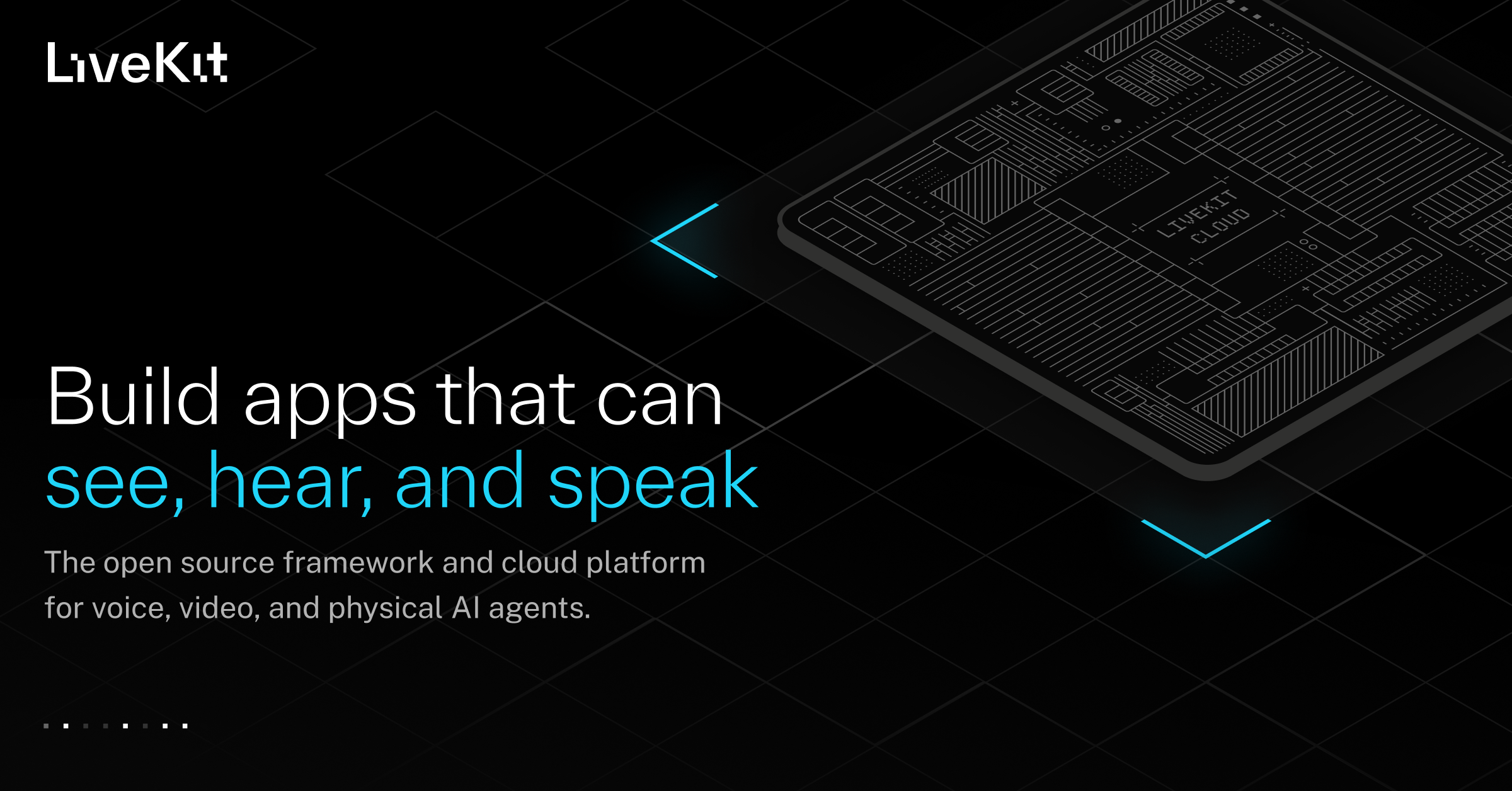
LiveKit envisions a future where voice and vision become the most natural and intuitive means for humans to interact with technology, transforming the way we communicate and compute in real time.
We are dedicated to democratizing access to cutting-edge real-time voice, video, and AI agent infrastructure, empowering developers worldwide to build innovative applications that seamlessly connect billions of users through ultra-low latency and high scalability.
By pioneering an open-source framework combined with a robust managed cloud platform, LiveKit is crafting the fundamental backbone that will enable a new era of voice-first, multimodal AI experiences that are secure, adaptive, and deeply integrated into everyday life.
Our Review
We've been watching LiveKit closely, and their evolution from an open-source WebRTC platform to a powerhouse in real-time AI communications is nothing short of impressive. What started as a developer-friendly tool for video calls has transformed into something much more ambitious: the infrastructure backbone for the voice-AI revolution.
Why They're Making Waves
First off, LiveKit's technical foundation is rock-solid. Their WebRTC infrastructure is processing over 3 billion calls annually, and they've managed to attract over 100,000 developers to their platform. But what really caught our attention is their role in powering ChatGPT's Advanced Voice Mode – that's no small feat.
The Developer's Dream
We're particularly impressed by LiveKit's developer-first approach. Their SDKs support everything from JavaScript to Unity, and the platform strikes a perfect balance between powerful features and ease of use. The fact that they've maintained their open-source roots while building a robust cloud offering shows they understand what modern developers need.
The AI Advantage
Where LiveKit really shines is in their vision for voice AI. Their Agents framework is clever – it lets developers create serverless voice agents that can be deployed instantly. Add in their partnerships with Speechmatics for multilingual support and Mistral AI for language models, and you've got a platform that's perfectly positioned for the next wave of AI applications.
Room for Growth
While LiveKit is crushing it in the developer tools space, they're still relatively young (founded in 2021). We'd love to see more case studies and enterprise implementations beyond their current roster. That said, with their Series B funding and growing team of 48, they're clearly on an upward trajectory.
If you're building anything involving real-time communication or voice AI, LiveKit should be on your radar. They've managed to create something that's both technically sophisticated and surprisingly accessible – and that's exactly what the market needs right now.
Real-time voice and video applications with ultra-low latency
Open-source SDKs for JavaScript, Swift, Android, React Native, Flutter, Unity
Managed cloud platform with 99.99% uptime
Serverless voice AI agents platform
Adaptive streaming and selective subscriptions
End-to-end encryption
Real-time analytics and telemetry
Integrations with speech recognition, large language models, and lifelike avatars







